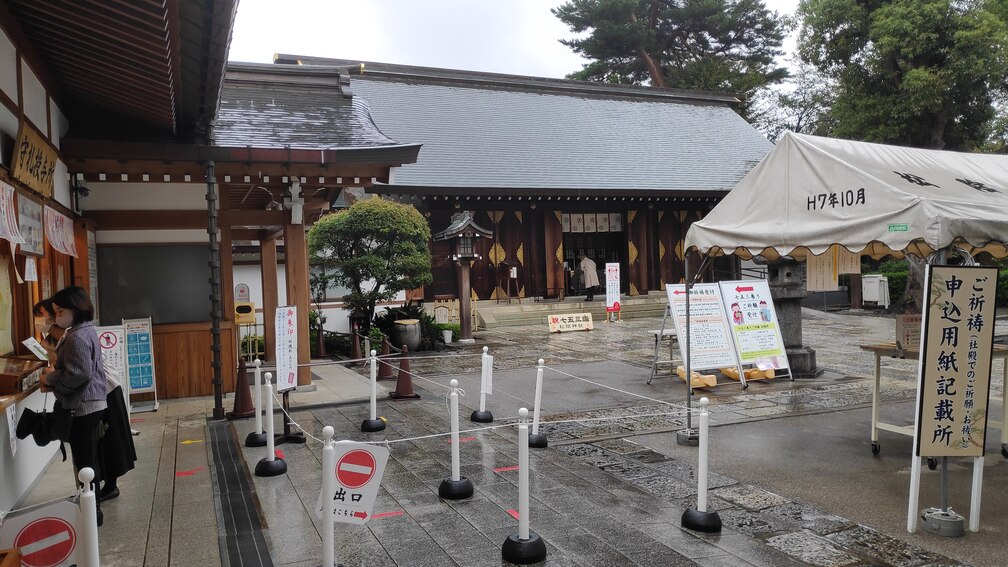
How do we say something like “this apple” and “that apple” in Japanese?
What is a demonstrative adjective?
When we say,
This apple
This “This” refers to the position of the apple.
And that position is determined by the speaker because sometimes the listener doesn’t know what this “this” specially refers to and asks “which one?”.
In English, the demonstrative pronouns and adjectives are “that” and “this”, so the same words are used.
But in Japanese,
この
kono
その
sono
あの
ano
are the demonstrative adjectives (demonstrative nouns : これ, それ, あれ : kore, sore, are)
What types of demonstrative adjectives are there?
The types of the demonstrative adjectives is the same to the demonstrative pronouns.
There are two types of demonstrative adjectives.
- for actual objects (we refer to what we can see in person)
- for contextual objects (we refer to what we talk (write)))
In this lesson, we will learn about the demonstrative adjectives for the actual objects.
And to use them, we need to study two differences.
- Relational demonstrative adjectives
- Individual demonstrative adjectives
Relational demonstrative adjectives
In Japanese, the relational position determines which demonstrative adjectives should be used.
- この (kono) : for something that I HAVE (and near me)
- その (sono) : for something that YOU HAVE (and near you)
- あの (ano) : for something that NEITHER I OR YOU HAVE (and far from me and you)
For example,
このリンゴはわたしのです。
kono ringo wa watashi no desu.
This (that I have now) apple is mine.
そのリンゴはわたしのです。
sono ringo wa watashi no desu.
That (that you have now) apple is mine.
あのリンゴはわたしのです。
ano ringo wa watashi no desu.
That (which is overthere) apple is mine.
Individual demonstrative adjectives
Japanese demonstrative adjectives can also be used differently without reference to someone.
In such a case, it’s the distance from the speaker that matters.
この (kono) : for something close to me
その (sono) : for somehitng that is neither near nor far from me
あの (ano) : for something far from me
But in this usage, その (sono) is not so used.
Instead, the distinction between この (kono) and あの (ano) is rather used.
For example,
この寿司は田中さんのです。
kono sushi wa Tanaka-san no desu.
This (near me) sushi is for Tanaka-san.
その寿司は田中さんのです。
sono sushi wa Tanaka-san no desu.
That sushi (not near nor far from me) is for Tanaka-san.
あの寿司は田中さんのです。
ano sushi wa Tanaka-san no desu.
That (far from me) sushi is for Tanaka-san.



Comment